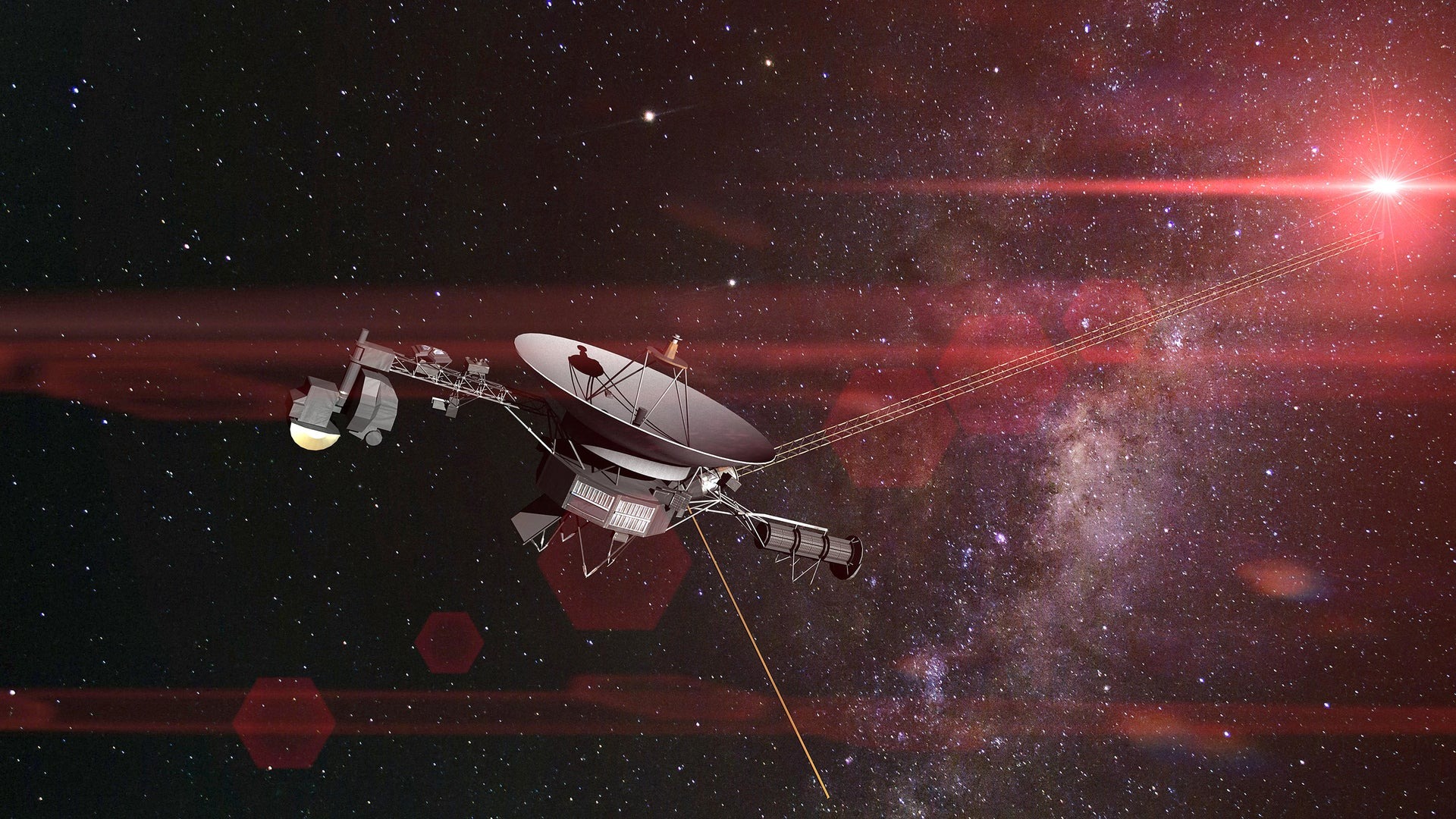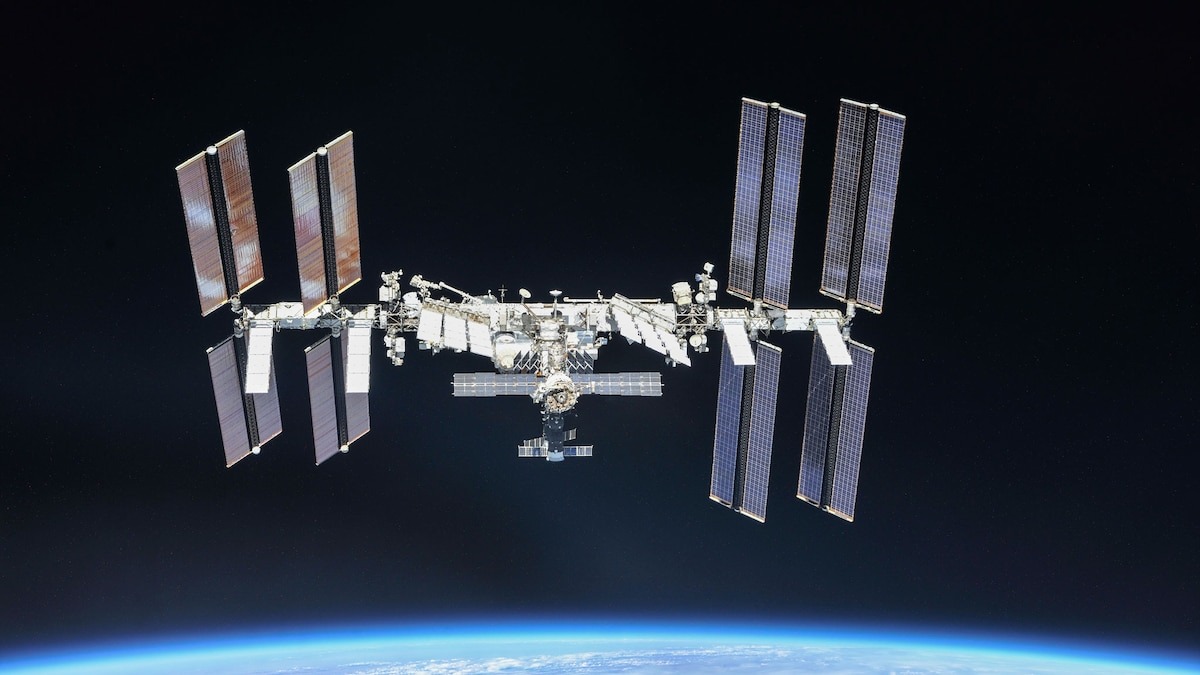For a long time, the Apollo missions were a key part of our history. They showed the world that humans could go to the Moon and come back safely. But since 1972, no human has set foot on the lunar surface. Now, more than 50 years later, a new era of space exploration has begun. This time, it’s not a race between two countries, but a partnership between the government agency NASA and a private company, SpaceX. Together, they are working on a new mission called Artemis, with the goal of not just visiting the Moon, but staying there.
The Artemis Program is the next step in our journey to become a space-faring civilization. It is a long-term plan to build a permanent presence on and around the Moon, using it as a stepping stone to go even farther, to Mars. In this article, we will take a deep dive into this new partnership, explaining the different parts of the Artemis program and how NASA’s rockets and spaceships will work with SpaceX’s giant Starship to take humans back to the Moon.
Why Are We Going Back to the Moon?
The Apollo missions were mostly about showing the world what was possible. The goal was to plant a flag and come home. The goals of the Artemis program are much bigger.
- To Stay and Learn: The main goal of Artemis is to build a sustainable presence on the Moon. This means building a base where astronauts can live and work for weeks or even months at a time. This will allow for more scientific research and help us learn what it takes to live on another world.
- To Go to Mars: The Moon will be a practice ground for a future mission to Mars. By building a base on the Moon, we can test new technologies and learn how to use resources in space. It will be a place to get ready for the much longer and more difficult journey to the Red Planet.
- To Use Resources: Scientists believe there is a lot of water ice at the Moon’s South Pole. This water could be used for drinking, but it can also be broken down into hydrogen and oxygen to make rocket fuel. By using the Moon’s resources, we won’t have to carry everything with us from Earth.
NASA’s Artemis Program: The New Moon Mission
The Artemis program is a huge effort that includes many different parts, all working together.
The Giant Rocket: The Space Launch System (SLS)
The Space Launch System (SLS) is NASA’s new super heavy-lift rocket. It is the most powerful rocket ever built, even more powerful than the Saturn V rocket that took astronauts to the Moon during the Apollo missions. The SLS rocket is designed to carry the Orion spaceship and its crew far beyond Earth’s orbit and on a path to the Moon. The rocket is so big that it is made of a giant main core stage and two powerful booster rockets on the sides.
The Spaceship: The Orion Capsule
The Orion Capsule is the crew vehicle that will carry up to four astronauts on their journey to the Moon. It is a modern spaceship designed for deep space travel. It has a lot of new technology to keep the crew safe from things like space radiation, and it has a heat shield to protect the astronauts during the fiery return to Earth. The Orion capsule will be the home for the astronauts as they travel to and from the Moon.
The Lunar Gateway: A Space Station in Moon Orbit
The Lunar Gateway is a small space station that will be built in orbit around the Moon. It will be a stepping stone for astronauts on their way to the lunar surface. The Gateway will have a place for astronauts to live, a lab for research, and it will be a place where astronauts can move from the Orion capsule to the spaceship that will take them down to the Moon’s surface. It will also be used as a communication hub and a place to refuel and resupply missions.
SpaceX’s Role: The Starship Lander
While NASA is building the SLS rocket and the Orion capsule, they have chosen SpaceX to build the spaceship that will actually land on the Moon’s surface. This spaceship is called Starship.
What Is Starship?
Starship is a very big, fully reusable rocket and spacecraft system. It is much bigger than any rocket ever built. It is being designed by SpaceX to carry both people and cargo to Earth orbit, the Moon, and Mars. The Starship is unique because it is designed to be fully reusable. This means that after it launches, it can land back on Earth and be used again, which will make space travel much cheaper.
Starship’s Job in Artemis
For the Artemis missions, a special version of the Starship will be used as the Human Landing System (HLS). The HLS Starship’s job is to take astronauts from the Lunar Gateway down to the surface of the Moon and then take them back up to the Gateway. It is the final vehicle that will land the first woman and the first person of color on the Moon.
How It All Works Together: The Artemis-Starship Plan
The Artemis missions are a complex cosmic ballet that requires all the different parts to work together perfectly. Here is a simple step-by-step look at how the mission will work:
- Preparation on Earth: SpaceX will launch its Starship HLS into Earth’s orbit. To have enough fuel for its trip to the Moon and back, it will be refueled in Earth orbit by other Starship “tanker” spacecraft. This process will happen over several launches.
- Launch from Earth: NASA’s powerful SLS rocket will launch the Orion capsule and its crew of astronauts from Earth.
- Journey to the Moon: The Orion capsule will travel for several days to get to the Moon’s orbit.
- Meeting at the Gateway: The Orion capsule will dock with the Lunar Gateway. The Starship HLS will already be waiting for them in orbit around the Moon.
- Transfer and Landing: Two of the astronauts from the Orion capsule will transfer to the Starship HLS. This spaceship will then take them on the final journey down to the Moon’s surface.
- Lunar Exploration: The astronauts will live and work on the Moon for about a week, doing scientific research and exploring the surface.
- The Journey Back: After their work is done, the two astronauts will get back into the Starship HLS and launch back up to the Lunar Gateway.
- Return to Earth: The astronauts will transfer back into the Orion capsule and begin their journey home to Earth.
The Future: A Permanent Moon Base
The long-term goal of the Artemis program is much bigger than just a few missions. The plan is to use the knowledge and technology from the first missions to build a permanent base on the Moon’s surface. This “Artemis Base Camp” would be a place where astronauts can live for months at a time, using the Moon’s resources to create a self-sustaining home. The success of the Artemis missions will not only get us back to the Moon but will also create the foundation for a permanent human presence on another world. This is a crucial step in preparing for the journey to Mars and beyond.
Conclusion
The new era of lunar exploration is a testament to the power of teamwork. The Artemis Program, led by NASA, is a grand mission to send humans back to the Moon to stay. This time, it is not a solo effort but a collaboration with companies like SpaceX. The powerful SLS rocket and Orion capsule will take astronauts to orbit, where they will meet the giant Starship, which will serve as their lander. This partnership will allow us to achieve goals that were once only science fiction. It is a new Moon race, but this time, everyone is working together, not for a finish line, but for a new beginning.










